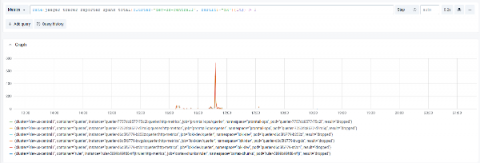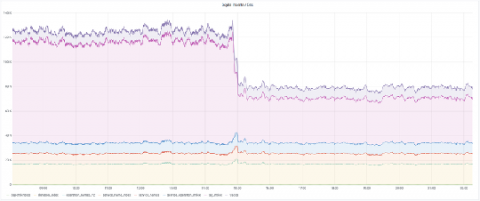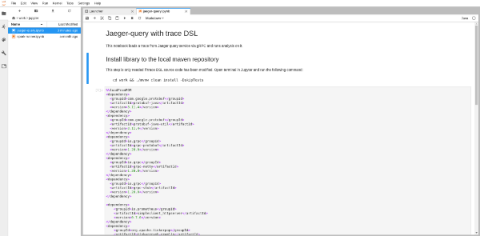A 5 Minute Guide for Experimenting with Ambassador and Jaeger in a Kubernetes Sandbox
Implementing distributed tracing is fast becoming a fundamental expectation when building modern (distributed) systems. However, this is yet another thing for developers to learn, and configuring distributed tracing on Kubernetes is hard, right? Actually, no. Getting started with Jaeger on Kubernetes has never been easier.









